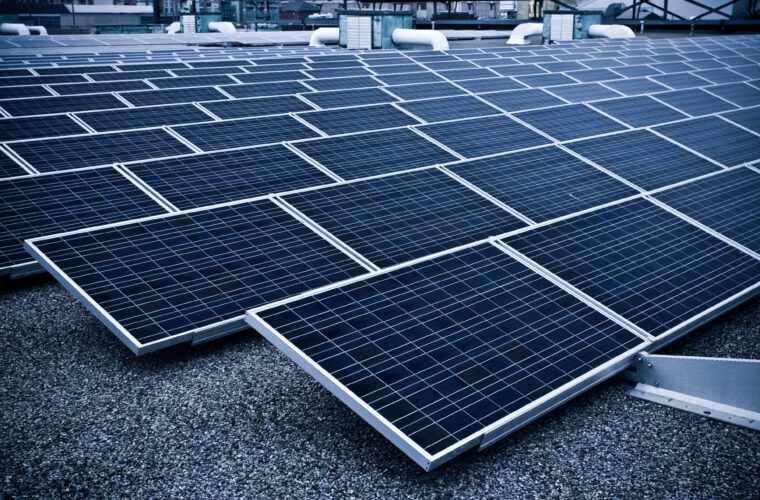Data centers are rapidly becoming the factories of the 21st century, powering essential services like video streaming and artificial intelligence (AI) model training. However, this surge in digital demand comes with a significant energy cost, prompting a pressing need for sustainable solutions.
Hyperscalers are major technology companies that operate extensive cloud computing infrastructures globally. Giants like Google, Microsoft, Meta, and Amazon rely on these data centers to provide scalable digital services. As the demand for data storage and processing increases, so does the energy consumption of these facilities. The challenge lies in meeting this growing energy demand sustainably.
Current estimates suggest that the energy requirements for AI training alone could reach between 30 and 300 gigawatts (GW) by 2030, with data centers specifically dedicated to AI training consuming between 15 and 150 GW. This escalating demand presents a dilemma, as many companies resort to fossil fuels and nuclear energy to meet their needs. Despite efforts to construct more sustainable data centers, the energy demand remains overwhelming, often leading companies to rely on coal and natural gas.
In response to these challenges, researchers from companies like Stripe, Paces, and Scale Microgrids have proposed a promising solution: solar-powered microgrids. These off-grid systems could significantly reduce the carbon footprint of data centers, utilizing solar energy as the primary power source. According to their findings, systems powered by 44% solar energy are already cost-competitive with gas-based systems, while those powered by 90% renewable energy could surpass the economics of nuclear projects like Three Mile Island.
The benefits of establishing solar microgrids for data centers are substantial:
- Rapid Construction: Unlike nuclear facilities, which can take years to reactivate, solar microgrids can be built quickly, often within 12 to 24 months.
- Geopolitical Resilience: Solar energy is not subject to the same geopolitical issues that can disrupt fossil fuel supplies, providing greater energy security.
- Scalability: As energy needs grow, adding more solar panels is a straightforward solution.
- Geographic Flexibility: Data centers focused on AI training can be located in regions with optimal solar radiation, such as California, Nevada, Arizona, New Mexico, and East Texas, where land is available and affordable.
The study identifies potential sites in the U.S. that could yield up to 1,200 GW of solar energy available for off-grid data centers, with 90% of their energy needs met by solar and the remaining 10% supported by natural gas. Many of these sites are private lands, making them viable for acquisition and development, possibly even with the benefit of subsidies.

Despite the advantages, several barriers hinder the widespread adoption of solar microgrids for data centers:
- Inertia and Skepticism: Historically, data center designers have prioritized reliability and continuity of power, leading to skepticism about moving away from traditional energy networks.
- Recent Phenomenon: The rapid expansion of AI training is a relatively new challenge, and the industry has yet to adapt fully to this shift.
- Cost Considerations: Although solar panel prices are decreasing, the initial cost of implementing solar microgrids—estimated at $23 per megawatt-hour (MWh)—still presents a financial hurdle.
While the technology for solar microgrids is mature and ready for deployment, the industry must overcome historical hesitations and cost barriers to fully embrace this sustainable solution. As companies continue to grapple with the rising energy demands of data centers, solar microgrids offer a viable path toward cleaner, more resilient energy sources. Until these systems are widely adopted, the transition to renewable energy in the data center sector will remain a work in progress.



